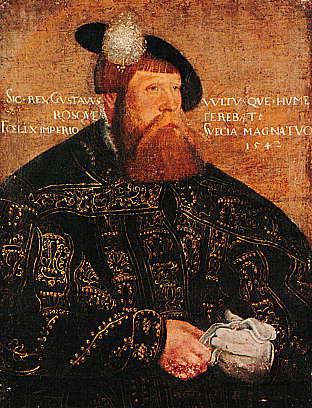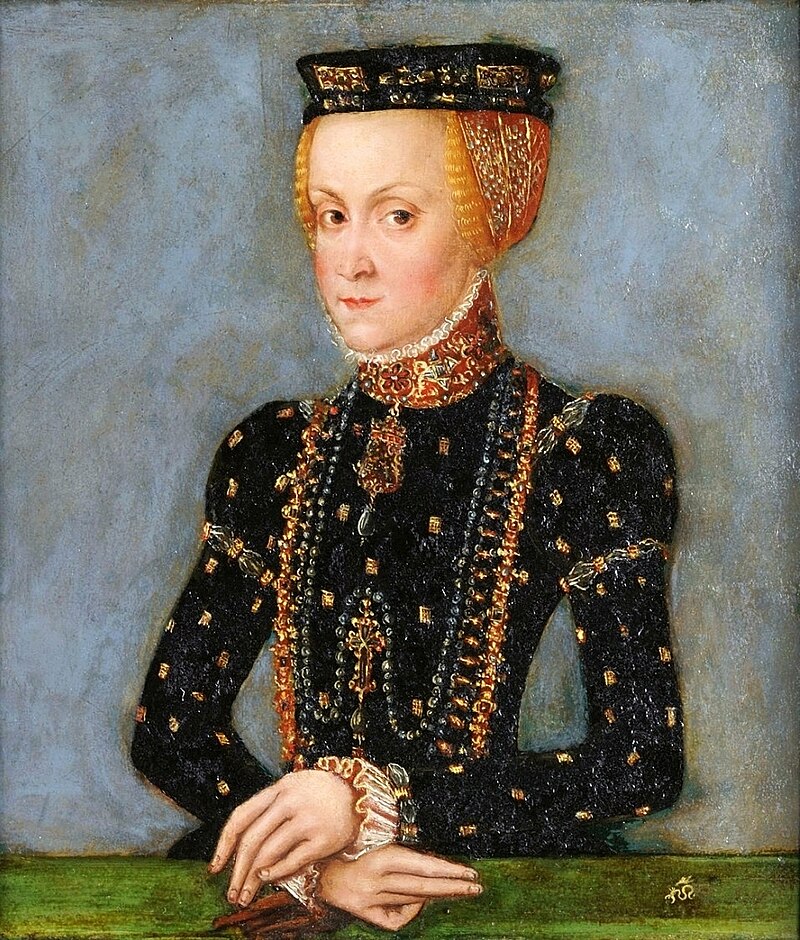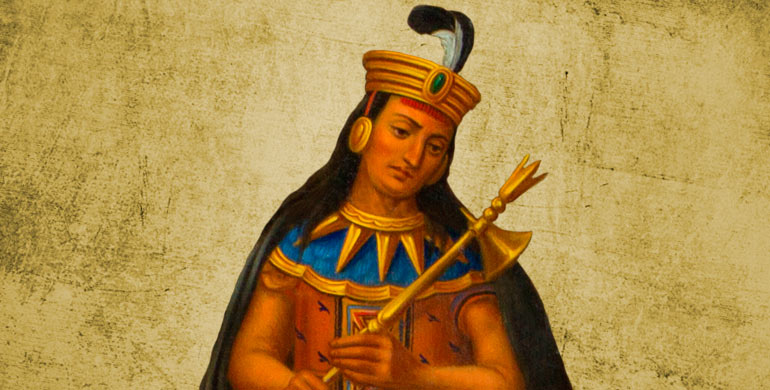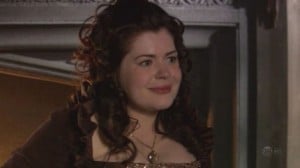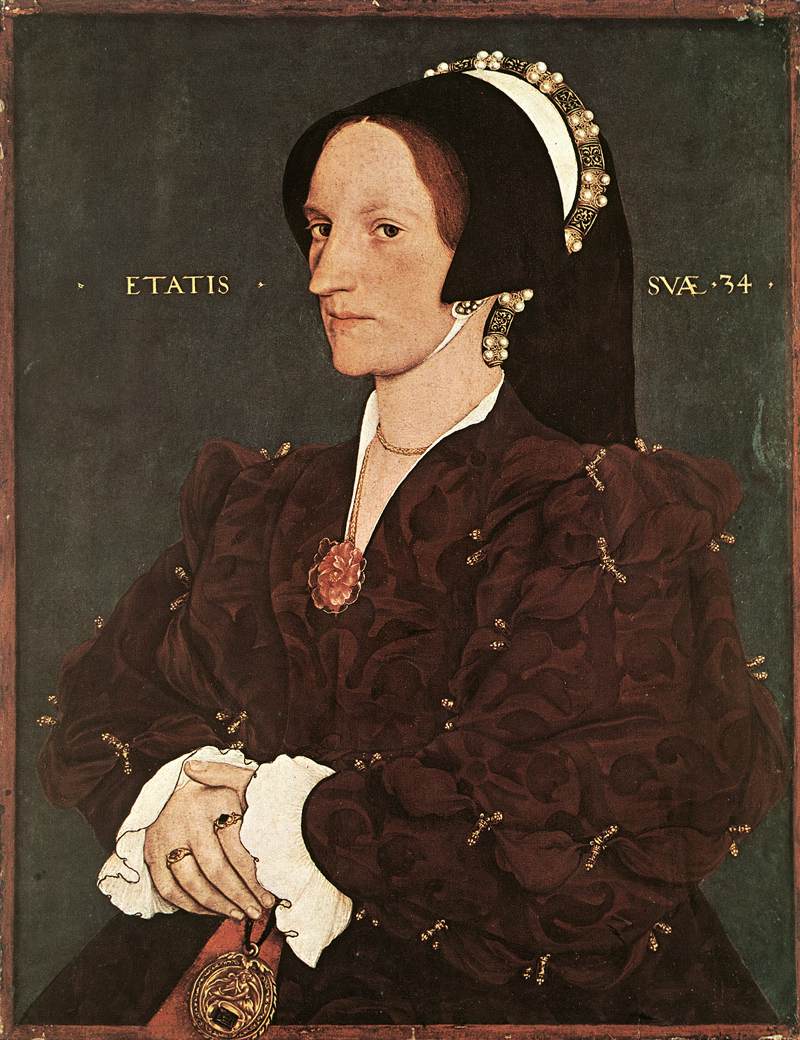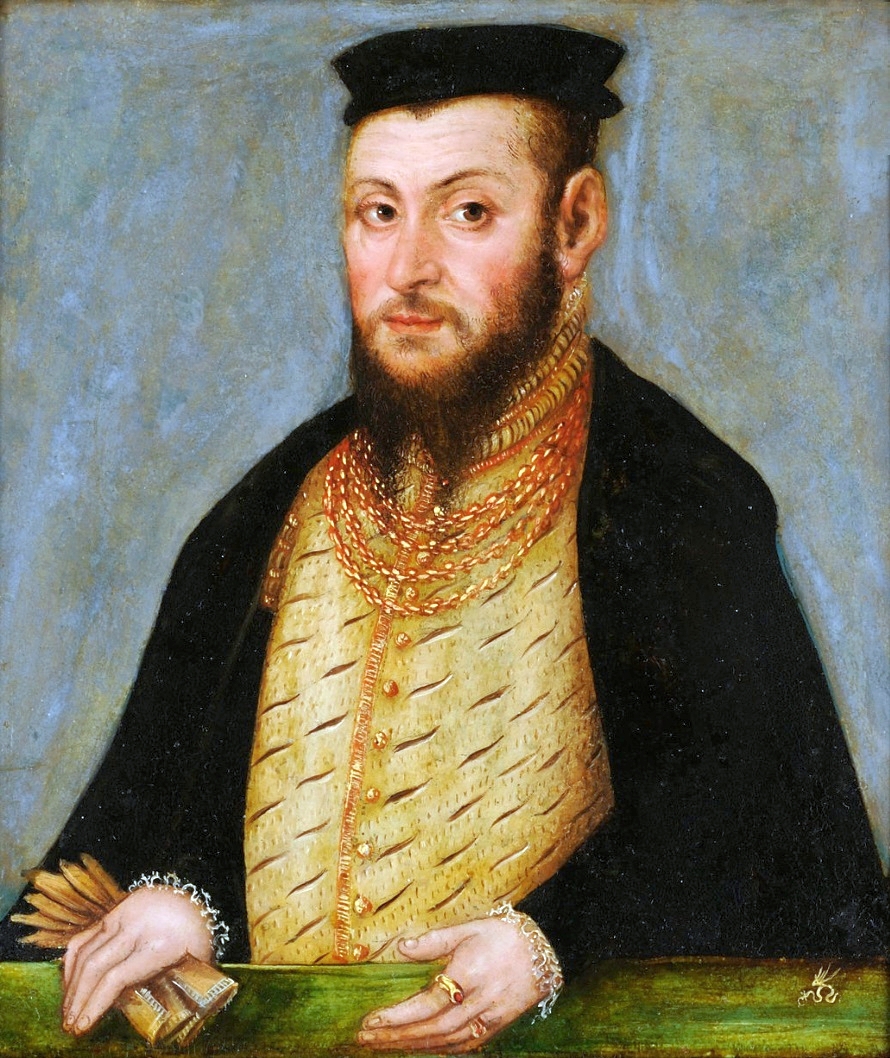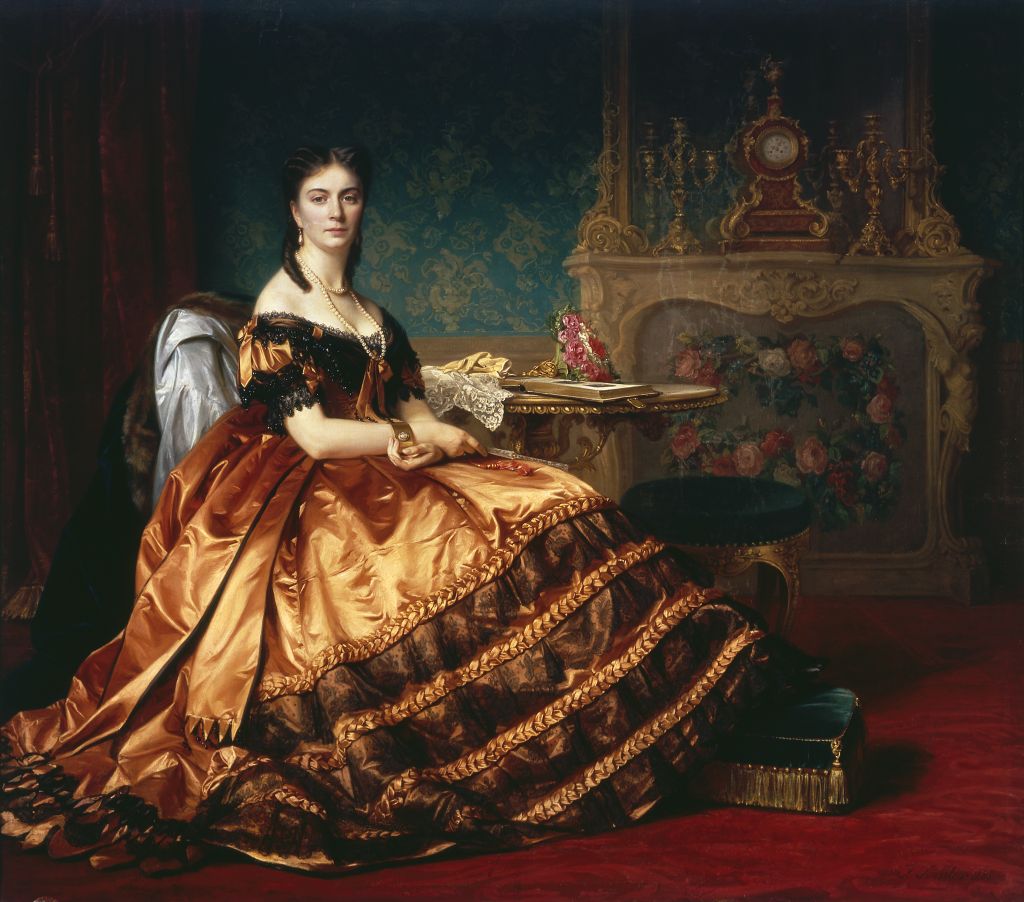1527
As the year began, on January 7th, Phillip of Savoy, and his wife Susanna of Bavaria welcomed the arrival of their fifth child and second daughter who they named Matilda. Also, on February 21st, Duke Alfonso I of Ferrara and his wife Bona Sforza had what would be their final child, a girl named Ippolita, after her deceased older brother Ippolito.
In the Swiss Cantons, on January 10th, Felix Manz, a prominent Anabaptist managed to flee to Zürich, where he and many other Swiss Brethren began to rise up in a rebellion against the authority of the reformist Huldrych Zwingli, a conflict that would take years to be resolved.
In the New World, the English King, Henry VIII, nervous at the prospect of French domination of North America, decided to expand English colonies from the Maritimes to the mainland, and within weeks, two hundred colonists established a settlement at the mouth of the St. George River, which the named, New Bristol (1). As with the Maritime colonies, the English would maintain good relations with the native peoples through trade and intermarriage, ensuring stability in the region.
The Spanish for their part would establish their first permanent settlement in Florida at Chequescha (2) (named by the Native Peoples) with 300 colonists(250 men and 50 women) on March 28th, by sailing into the Biscayne bay, under the direction of Hernando de Soto, who would go on to be appointed as the first Governor of Florida. Hernando, like many other Spanish Conquistadors, was shrewd enough to secure alliances with the local tribes, and he found an important ally in the Tequesta and Calusa tribes and instigated a conflict against the Ais and Jaega tribe’s, which the Spanish and their native allies would eventually win. De Soto’s alliance with the Tequesta went beyond just pragmatism, he seemed to genuinely admire them and he would marry the niece of the Tequesta chief, who would take the name of Violeta de Soto. When they started to suffer from European diseases, he did all he could to assist them, and ultimately, about 20 percent of the tribe’s people died of these diseases, which, while not ideal, was a lower proportion than many other Native tribes would suffer.
In England meanwhile, tragedy struck, for just hours after his birth, Henry Tudor, the third son of the Duke and Duchess of Somerset, died on March 16th.
In Naples on May 2nd King Ferdinand III of Naples and Maria of Aragon, Queen of Naples, had their fourth child, a boy named Alfonso. In Denmark, on May 11th, King Christian III, and Isabella of Austria brought their seventh child into the world, a boy named Phillip, after the Queen’s father, the Holy Roman Emperor. The boy’s birth provided some relief to the royal couple, they now finally had a second son.
In June , Prime Minister Trond Torleivsson Benkestok of Norway faced his first major legislative hurdle. After the birth and death of his eldest child, Bjorn on June 11th, he received more bad news a week later, for on June 18th The Senate of Norway failed to pass a bill to the Chamber of Representatives that he sponsored, with a large majority of 90 senators opposing it. The bill was known as the Mead Tax, which would have enacted a one-tenth tax on the sale of mead and other alcoholic beverages, the proceeds of which were intended to expand the Republican Navy. The main reason why the Senate did not successfully pass the bill onto the Chamber of Representatives, was that the Senators knew the bill would be unpopular in their constituencies and that it was not likely to pass in the Chamber anyThe failure of this angered the already saddened Prime Minister, yet he knew he would have to abide by the legislative branch’s decision if he wanted to be reelected in 1530.
On July 20th, King Miguel I of Portugal and his wife, Catherine of England managed to provide Portugal with a male heir, a boy named Manuel, after Miguel’s late father and predecessor, King Manuel I of Portugal. Nearly all of Portugal breathed a sigh of relief at this, as this meant that the Infanta Eleanor and her betrothed, Juan, Prince of Asturias were not likely to rule over Portugal.
In Florence, on August 4th, Duke Alessandro I of Florence and his wife Louise of Savoy had their first child, a son who they named Lorenzo, after the Duke’s late father. The arrival of a son brought great relief to Alessandro, for the succession of his Duchy would have been uncertain without a son.
Also, in The Holy Roman Empire on November 1st, Frederick of Austria and his wife Barbara Fugger welcomed the birth of their eldest child, a girl named Margaret , who brought great joy to her parents and grandparents.
In Poland, Frederick of Austria’s eldest sibling, Eleanor of Austria, Queen of Poland and her husband King Sigismund I of Poland, had another child, a son named Wojech. Much to the consternation of his parents. Prince Wojech would die just two weeks after his birth, on November 27th.
(1) OTL Quebec
(2) OTL Miami
Barbara Fugger

Frederick of Austria

In the Swiss Cantons, on January 10th, Felix Manz, a prominent Anabaptist managed to flee to Zürich, where he and many other Swiss Brethren began to rise up in a rebellion against the authority of the reformist Huldrych Zwingli, a conflict that would take years to be resolved.
In the New World, the English King, Henry VIII, nervous at the prospect of French domination of North America, decided to expand English colonies from the Maritimes to the mainland, and within weeks, two hundred colonists established a settlement at the mouth of the St. George River, which the named, New Bristol (1). As with the Maritime colonies, the English would maintain good relations with the native peoples through trade and intermarriage, ensuring stability in the region.
The Spanish for their part would establish their first permanent settlement in Florida at Chequescha (2) (named by the Native Peoples) with 300 colonists(250 men and 50 women) on March 28th, by sailing into the Biscayne bay, under the direction of Hernando de Soto, who would go on to be appointed as the first Governor of Florida. Hernando, like many other Spanish Conquistadors, was shrewd enough to secure alliances with the local tribes, and he found an important ally in the Tequesta and Calusa tribes and instigated a conflict against the Ais and Jaega tribe’s, which the Spanish and their native allies would eventually win. De Soto’s alliance with the Tequesta went beyond just pragmatism, he seemed to genuinely admire them and he would marry the niece of the Tequesta chief, who would take the name of Violeta de Soto. When they started to suffer from European diseases, he did all he could to assist them, and ultimately, about 20 percent of the tribe’s people died of these diseases, which, while not ideal, was a lower proportion than many other Native tribes would suffer.
In England meanwhile, tragedy struck, for just hours after his birth, Henry Tudor, the third son of the Duke and Duchess of Somerset, died on March 16th.
In Naples on May 2nd King Ferdinand III of Naples and Maria of Aragon, Queen of Naples, had their fourth child, a boy named Alfonso. In Denmark, on May 11th, King Christian III, and Isabella of Austria brought their seventh child into the world, a boy named Phillip, after the Queen’s father, the Holy Roman Emperor. The boy’s birth provided some relief to the royal couple, they now finally had a second son.
In June , Prime Minister Trond Torleivsson Benkestok of Norway faced his first major legislative hurdle. After the birth and death of his eldest child, Bjorn on June 11th, he received more bad news a week later, for on June 18th The Senate of Norway failed to pass a bill to the Chamber of Representatives that he sponsored, with a large majority of 90 senators opposing it. The bill was known as the Mead Tax, which would have enacted a one-tenth tax on the sale of mead and other alcoholic beverages, the proceeds of which were intended to expand the Republican Navy. The main reason why the Senate did not successfully pass the bill onto the Chamber of Representatives, was that the Senators knew the bill would be unpopular in their constituencies and that it was not likely to pass in the Chamber anyThe failure of this angered the already saddened Prime Minister, yet he knew he would have to abide by the legislative branch’s decision if he wanted to be reelected in 1530.
On July 20th, King Miguel I of Portugal and his wife, Catherine of England managed to provide Portugal with a male heir, a boy named Manuel, after Miguel’s late father and predecessor, King Manuel I of Portugal. Nearly all of Portugal breathed a sigh of relief at this, as this meant that the Infanta Eleanor and her betrothed, Juan, Prince of Asturias were not likely to rule over Portugal.
In Florence, on August 4th, Duke Alessandro I of Florence and his wife Louise of Savoy had their first child, a son who they named Lorenzo, after the Duke’s late father. The arrival of a son brought great relief to Alessandro, for the succession of his Duchy would have been uncertain without a son.
Also, in The Holy Roman Empire on November 1st, Frederick of Austria and his wife Barbara Fugger welcomed the birth of their eldest child, a girl named Margaret , who brought great joy to her parents and grandparents.
In Poland, Frederick of Austria’s eldest sibling, Eleanor of Austria, Queen of Poland and her husband King Sigismund I of Poland, had another child, a son named Wojech. Much to the consternation of his parents. Prince Wojech would die just two weeks after his birth, on November 27th.
(1) OTL Quebec
(2) OTL Miami
Barbara Fugger

Frederick of Austria

Last edited:






